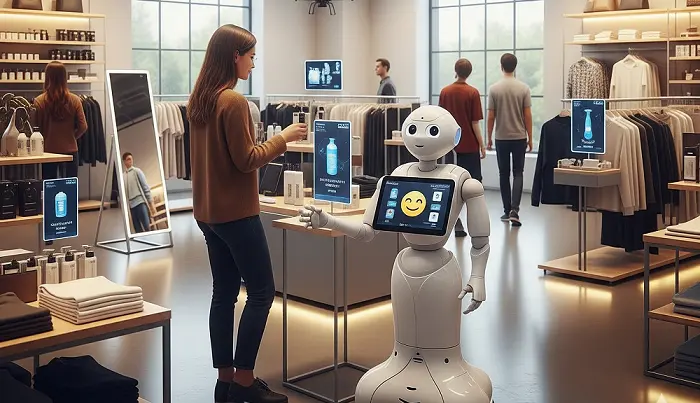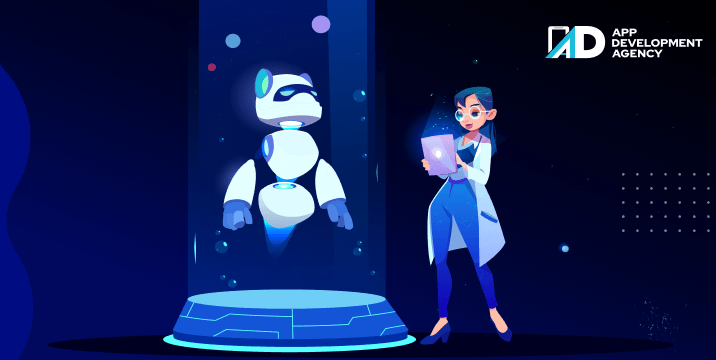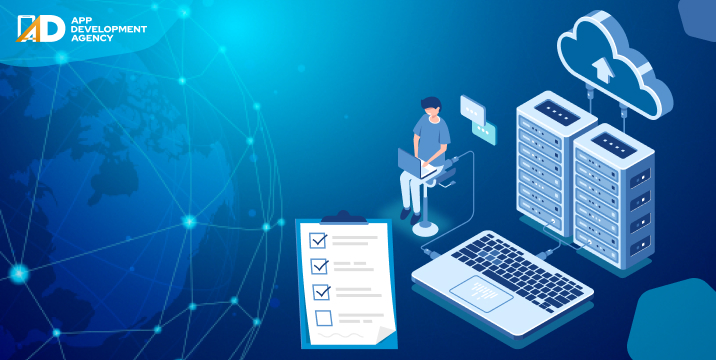When was the last time you waited for a show to air at a fixed time on cable?
I am not a regular movie watcher. Nor do I keep hold of the dates when a blockbuster is about to be released. I am not a die-hard fan of grabbing the coziest seat, buying a lounge ticket, a complimentary meal, and crashing all gates on the first day, first show.
The world of OTT (Over-the-Top) platforms is a revolution that’s quietly (or maybe not so quietly) transforming how we consume content. They’re not just serving on-demand access to massive content libraries. They’re reshaping habits, crossing linguistic borders, and handing power to the audience. Want to binge-watch a Spanish crime thriller at 3 AM on your tablet while eating cold pizza? Done. With subtitles and dubbing? Also done.
In fact, OTT platforms are quietly dismantling traditional broadcasting. Gone are the days of rigid programming and geographical limits. Today, regional Indian dramas are making waves in Poland. Korean series have cult followings in South America. This isn’t just content consumption, it’s cultural connection at scale.
But here’s where it gets even juicier: AI is now becoming the director behind the scenes.
(And why does Netflix know me better than my best friend?)
How does Amazon Prime always manage to recommend that oddly specific romantic sci-fi set in the 1800s that you didn’t even know you wanted?
That’s AI in OTT, subtly but powerfully working to personalize, streamline, and optimize your viewing journey.
AI—once this abstract concept reserved for robotics labs—is now baked into the streaming experience. Recommendation engines, automated metadata tagging, dynamic video optimization, predictive analytics, and even AI-generated scripts… It’s all happening right now.
So, the next time your streaming platform suggests a documentary about haunted lighthouses right after you finish a cooking show? Don’t blame it. Blame the algorithms that just get you.
(Because streaming is no longer bound by borders)
Why have OTT platforms exploded globally? AI might be helping, but OTT’s success is rooted in something deeper.
AI enhances all this by offering real-time translations, auto-captioning, and even dubbing suggestions based on viewer preferences. We’re not just streaming shows—we’re swapping stories across continents.
(What’s hiding under the hood of your favourite streaming app?)
Let’s be honest—without personalized content, OTT libraries would be like overstuffed closets: overwhelming and chaotic.
AI curates content based on:
It’s not just about what you watch. It’s how, when, and even why. This kind of fine-tuned personalization leads to deeper engagement and, crucially, reduced churn.
Netflix, Disney+, Hulu—they’re all racing to hire AI development companies to keep viewers hooked without overwhelming them.
Ever typed a vague phrase like “that French movie with time travel and violins” into your OTT search bar?
AI can still find it.
Thanks to:
Suddenly, your OTT app becomes a mind reader or a smart librarian.
AI doesn’t just curate, it cares.
By assessing your internet speed, device capabilities, and screen size in real time, AI ensures smooth playback without buffering drama.
This is user experience optimization at scale, not just bells and whistles.
(Yes, the machines are writing your next favourite show)
Strange but true: AI is entering the creative process.
Some OTT platforms are even experimenting with AI-generated animations and virtual set design slashing costs without cutting creativity.
As someone who once worked with an indie OTT platform, I remember us struggling to decide what content to greenlight. AI analytics gave us a roadmap. The result? A regional drama that went viral. Coincidence? I think not.
(Why you’re suddenly watching ads for high-end blenders after one cooking show)
AI’s magic extends to monetization, especially in:
AI development services are crafting smarter ad delivery systems that keep both viewers happy and platforms profitable.
(So… is AI making us more connected or more robotic?)
Let’s not forget—AI in OTT isn’t just about tech. It’s about how we consume, share, and feel content.
With dubbing, real-time subtitles, and regional targeting, OTT is facilitating global cultural immersion. AI ensures your Indian grandmother can now enjoy a Turkish drama in Hindi with crisp accuracy. That’s not just smart—it’s beautiful.
Interactive stories like Netflix’s Bandersnatch are just the beginning. Imagine AR/VR streaming that adapts based on your choices, pace, or even emotional response (yes, emotion recognition is on the table).
We’re entering an era of choose-your-own-reality streaming.
(Cue dramatic background music)
We love AI when it serves us the perfect show. However, here’s a question worth pondering—how much should AI know about you?
We need AI development companies to build not just smart systems—but ethical ones. Transparency, consent, and algorithmic fairness are the future.
(Can your TV become your therapist? Almost.)
Let’s dream a little.
AI won’t just power OTT platforms, it’ll partner with us to define new creative standards.
(Or, why it’s less scary than it sounds)
So, what have we learned?
That AI in OTT is more than a feature. It’s the lifeblood of modern streaming—powering everything from the shows we’re served to the speed they’re delivered.
From personalized content journeys to AI-powered monetization, automated production, and ethical AI design, the possibilities are not just endless—they’re already happening.
OTT platforms aren’t just apps. They’re intelligent ecosystems. And with AI, they’re evolving into personalized companions that respect your time, taste, and even temperament.
And if that’s not revolutionary… what is?
It’s the process of building platforms for streaming content online. AI helps personalize, optimize, and streamline the experience for both users and platform providers.
It analyses what you watch, skip, rewind, search, and even the time of day. Then it predicts what you might love next.
Yes! From scriptwriting tools to editing software, AI assists in content creation, helping producers save time and effort.
It can be. Ethical AI usage depends on transparency, user consent, and data protection policies. Choose platforms wisely.
Not anymore. Thanks to AI development companies, even small OTT startups can integrate powerful AI features at scale.

I still remember standing in a crowded supermarket in 2015, staring blankly at three different brands of cereal, unsure which one was cheaper, healthier, or even remotely worth the price tag. Now my shopping app nudges me with suggestions based on my past choices, points out discounts I’d probably miss, and even reminds me that …
Continue reading “Benefits of Artificial intelligence in Retail”
Read More
I was so inclined to write a theory acknowledging the applications and benefits of AI, not just in retail but across various domains, but I know that is what we know, and what we are feeling day to day. AI can work tirelessly 24*7, without a pause, but humans need a break. And to make …
Continue reading “How Artificial Intelligence is Transforming the Retail Industry”
Read More
We live in an era where your coffee machine can sync with your smartwatch, the air conditioner can sync with your smartphone, but your university portal still logs you out after three minutes of inactivity. Why is that? While the corporate world, healthcare, and even agriculture have embraced the cloud like it’s the second coming …
Continue reading “Cloud Computing in Education- Benefits, Challenges, and Implementation Process”
Read More